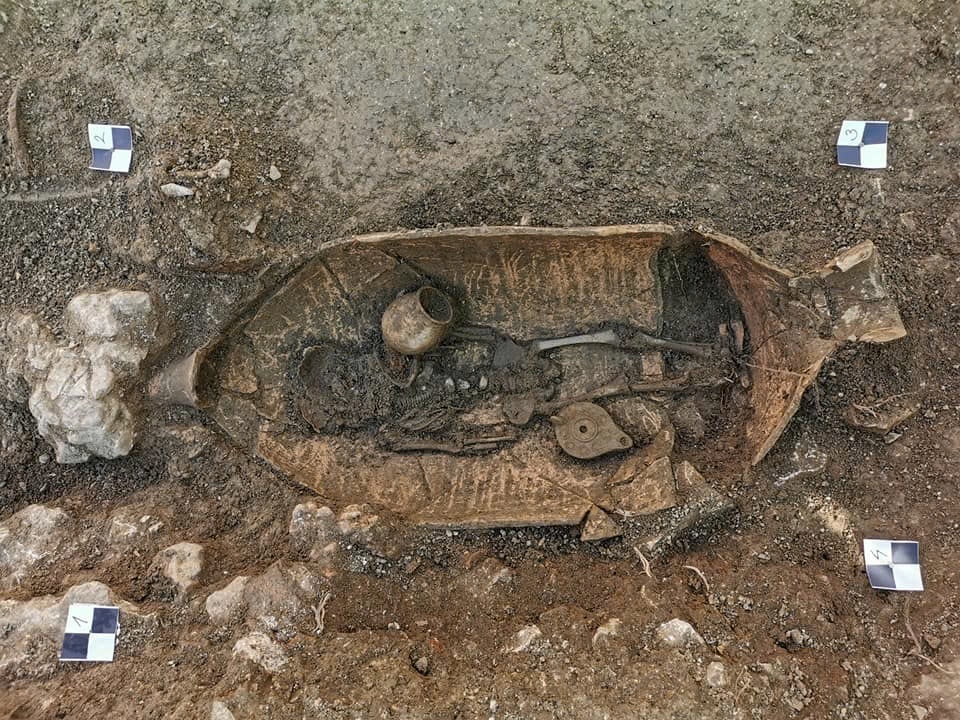An Unexpected Beginning
With a project to build the Hvar City Library and Reading Room, the island of Hvar, Croatia, has become the focal point of a major archaeological excavation, capturing the attention of researchers and history enthusiasts alike. After two months of intensive digging at the garden of Radoevi Palace, archaeologists have uncovered an ancient necropolis that had never been documented before. This remarkable discovery provides new insights into the region’s past, specifically from the late 4th to early 5th century AD.
Impressive Findings
The necropolis uncovered dates back to late antiquity, specifically the second half of the 4th century to the early 5th century AD. During the excavation, 20 graves were found, containing 32 skeletons, along with part of the eastern fortifications of a late antique settlement, including a city gate from the late 5th century. These discoveries not only confirm the existence of an ancient community but also offer a deeper understanding of construction techniques and urban development during this period.
Diversity in Grave Types and Burial Practices
The graves found exhibit a remarkable variety. From simple earthen burials to amphorae tombs and more elaborate structures made with roof tiles, each burial type offers unique archaeological value. One of the most striking discoveries was a masonry tomb containing 12 skeletons. This collective burial may not only reflect communal burial practices but also offer clues to the social and religious customs of the people living in this area.

Valuable Archaeological Artifacts
One of the most notable aspects of the excavation is the excellent preservation of the artifacts found within the graves. Items such as ceramic jugs, oil lamps, glass vessels, coins, and numerous smaller objects provide a fascinating glimpse into the material culture of the time. These artifacts not only reflect the lifestyle of the people but also give insights into the development of various crafts, particularly pottery, glassware, and other artistic trades of the period.
The Significance of the Findings in Trade and Cultural Context
Preliminary analysis of the artifacts may offer new insights into local and regional ceramic production during late antiquity. These findings also highlight Hvar’s role in a broader network of trade, with evidence of previously unrecorded imports into the Adriatic region. The discovery of these imported items, such as pottery and glass, suggests that Hvar was an important trading hub where various cultures and goods converged.
Historical Connections and New Perspectives
Beyond their archaeological significance, the discoveries at Hvar offer new perspectives on the development of the communities in the Adriatic region during the transitional period between antiquity and the Middle Ages. The fortifications, graves, and artifacts will help historians piece together a fuller picture of life in this coastal settlement during a critical period in history.
In conclusion, this excavation is not only an important archaeological achievement but also a reminder of the deep historical connections between ancient civilizations. It opens new opportunities for further research into the economic, cultural, and social ties among ancient communities in the Mediterranean world.
